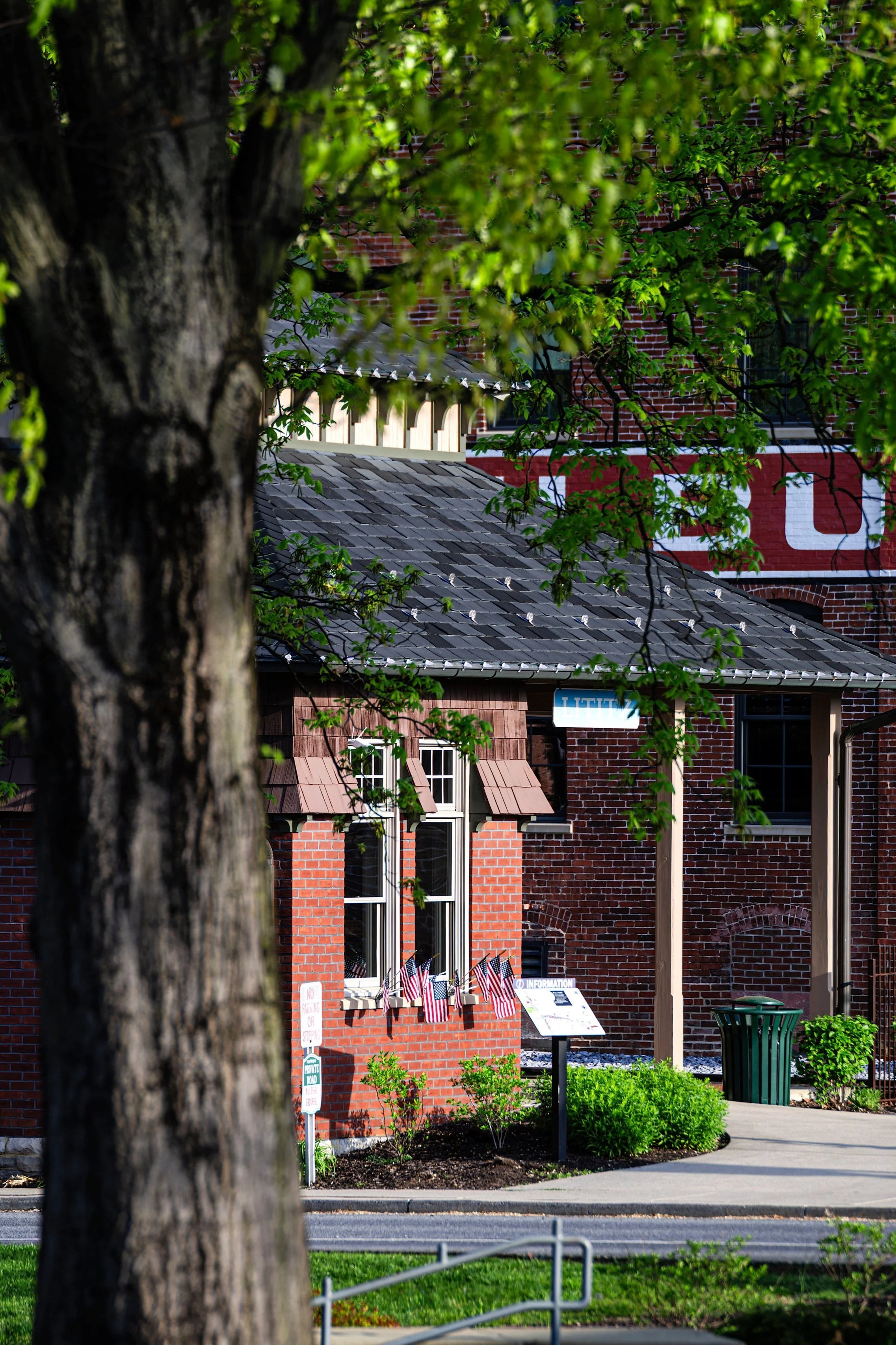
Welcome Center
The Welcome Center will be closed from January 2nd-7th for maintenance and repairs. It will reopen January 8th with normal hours of 10am-4pm.
🚂🚂🚂
The Welcome Center will be closed from January 2nd-7th for maintenance and repairs. It will reopen January 8th with normal hours of 10am-4pm. 🚂🚂🚂
🚂 Welcome Center Information
Hours:
Monday–Saturday: 10:00 AM – 4:00 PM
Sunday: 12:00 PM – 3:00 PM (January–March exception)
Closed On:
New Year’s Day, Easter, Memorial Day, Independence Day (July 4th), Labor Day, Thanksgiving, and Christmas
Step inside our historic Train Station Welcome Center — your first stop for exploring everything Lititz has to offer!
We provide:
😊 Friendly volunteers ready to answer your questions
🗺 Free maps of the town
🛍 Insider tips on the best shops, restaurants, and attractions
🎉 Event and activity details so you can make the most of your visit
Train Station History
Part 1 – Origins of the Reading & Columbia Railroad (1833–1864)
The history of the Reading & Columbia Railroad began with the Philadelphia & Reading Railroad Company, chartered on April 4, 1833, by an Act of the Pennsylvania Legislature. Locally, the story starts in 1857, when interest grew in a railroad between Reading and Columbia. Influential citizens from Lancaster and Berks Counties secured passage of a charter creating the Reading & Columbia Railroad Company, signed by Governor James Pollock on May 19, 1857.
By December 1860, the survey and route location for the R. & C. was complete. Sinking Spring, where the line would connect with the Lebanon Valley Railroad, was chosen as the starting point. The route would pass through Reinholds, Stevens, Ephrata, Akron, Millway, Rothsville, Lititz, Manheim, Landisville, and end in Columbia—a distance of 39.8 miles. Major construction began at the Columbia end, but the official groundbreaking was held March 28, 1861, at a gap in the South Mountains about four miles south of Sinking Spring.
The first Lititz passenger depot and express station stood on the north side of the tracks along Broad Street, at the present site of the Wilbur Chocolate Company. The depot was dedicated December 25, 1863, with the arrival of the first passenger train. John Beck, Headmaster of the Boys’ School, gave a welcome speech, followed by a railroad official’s remarks on prosperity and hopes for a peaceful future. Bishop Edmund A. de Schweinitz of the Lititz Moravian Congregation offered a prayer dedicating the Reading & Columbia Railroad to progress for Lititz and the surrounding countryside.
Part 2 – First Trains and Regular Service (1864)
With the line completed between Columbia and Sinking Spring, three special trains carrying officials and guests made the first trip from Columbia to Reading on March 15, 1864. Regular passenger service began April 1, 1864, with a morning train from Reading and an afternoon train from Columbia.
Part 3 – Passenger Depot (1884)
On March 8, 1884, the Lititz Moravian Congregation leased a parcel of land—200 feet by 50 feet—on the northwest corner of Lititz Springs Park to the Reading & Columbia Railroad Company for a term of 999 years. A new Victorian Gothic passenger depot, designed by Philadelphia architect Frank Furness, was built using bricks manufactured in Lititz. At the same time, two bridges were built across Lititz Creek—one to access the depot and park grounds, and another to replace the ford on Broad Street.
The new red-brick depot opened December 1, 1884. Six passenger trains a day stopped at Lititz, carrying passengers, mail, and express freight. D. E. Light served as ticket agent and operator, and J. T. Ze was freight agent.
Part 4 – Industry, Changes, and the Decline of Passenger Service (1899–1953)
By 1899, heavy industry had arrived in Lititz, and streetcars began running to the depot. The depot also boosted attendance at the annual Fourth of July celebrations in the park. In 1919, plans were made to renovate the depot by adding a freight house and moving the platform to the east side, but these changes were never carried out. Instead, in 1921, a freight house and office were built along South Water Street by the Hershey & Lehman Company of Lititz.
By this time, the Philadelphia & Reading Company had merged with the Reading Company (1923), which assumed operations of the R. & C., though the R. & C. remained a corporate entity until December 31, 1945, when it was formally merged into the Reading Company.
With the end of passenger service, the Reading Company no longer needed the Lititz depot. On August 24, 1953, the 999-year lease with the Moravian Congregation was terminated. The last complete passenger train passed through Lititz on October 28, 1952, at 11:11 a.m.—a special train carrying presidential candidate Adlai E. Stevenson.
Part 5 – Demolition, Legacy, and the Replica Depot (1957–1998)
The original 1863 depot was demolished to make way for the Ideal Cocoa & Chocolate Company factory (now Wilbur Chocolate Company). The 1884 depot and freight station were demolished in May 1957 to create a modern entrance to Lititz Springs Park, funded by Elmer H. Bobst, who donated $100,000 for park improvements.
On April 1, 1976, the bankrupt Reading Company ceased operations, ending 143 years of railroading. Though the “Golden Era” of the Reading & Columbia Railroad is gone, the memory of those days lingers—especially since May 8, 1998, when a replica of the 1884 Lititz Passenger Depot and Express Station was dedicated on the original northwest corner of Lititz Springs Park.
— Written by R. Ronald Reedy
Lititz Springs Park Historian







